-
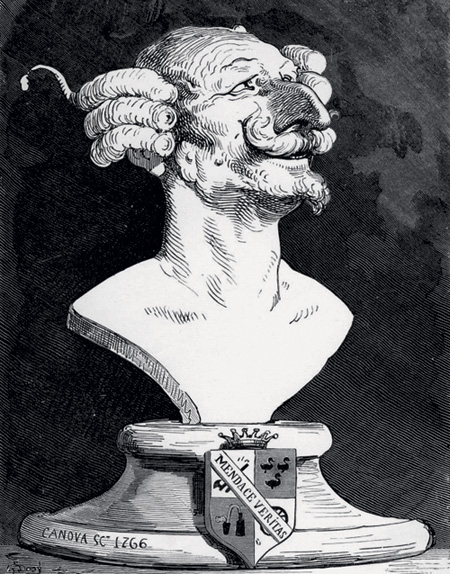
Monument «Baron Munchausen»
Karl Friedrich Hieronymus von Munchausen (1720-1797) was a German baron and officer in the Russian army who became famous for his incredible stories.
-

Monument «Khoja Nasreddin»
Khoja Nasreddin is a famous figure from Eastern folklore, found in the cultures of the Mediterranean and Balkan regions.
-
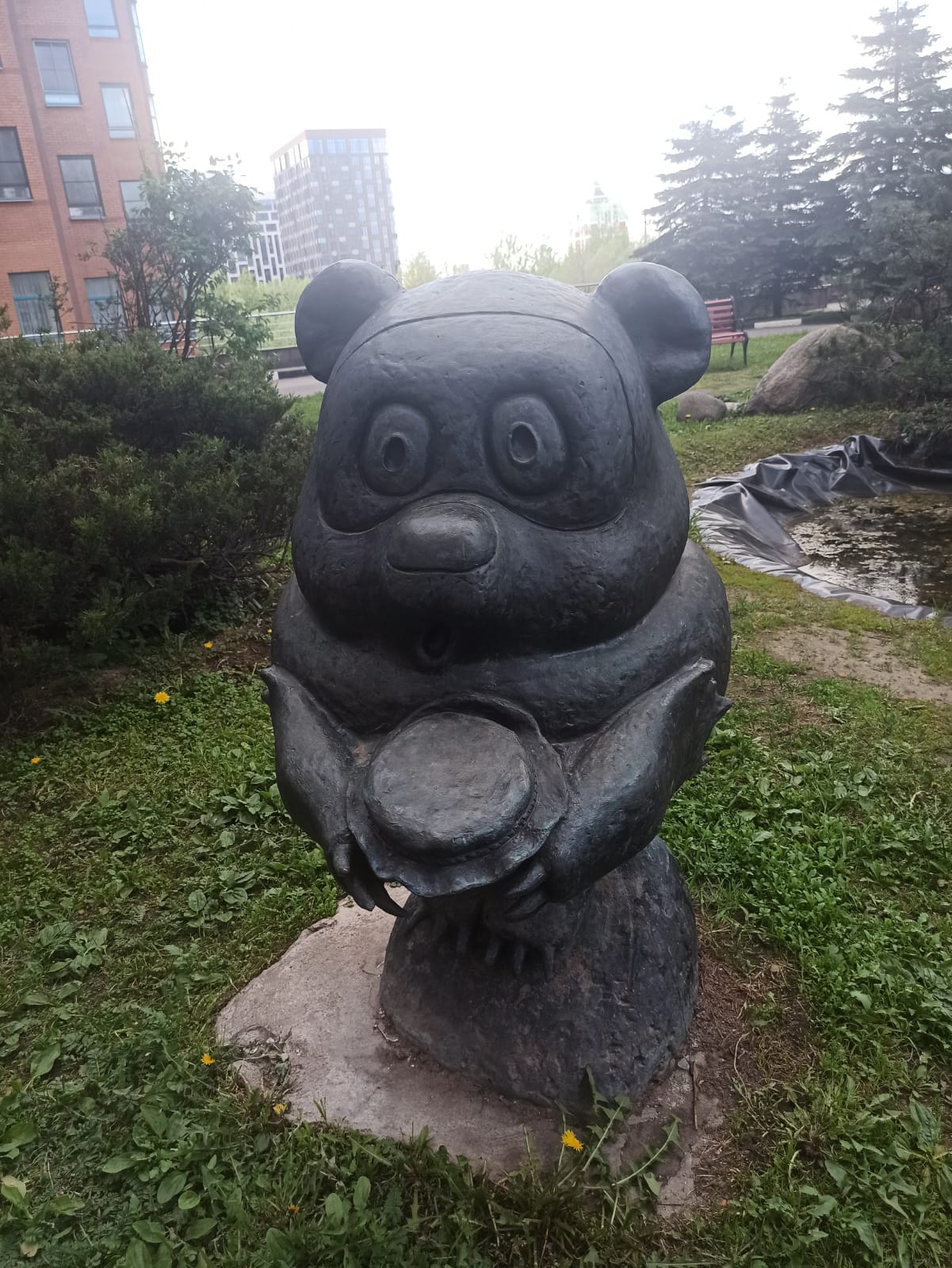
Monument «Winnie-the-Pooh and his friends»
Winnie-the-Pooh is the central character in A. Milne’s Winnie-the-Pooh and Everything.
-
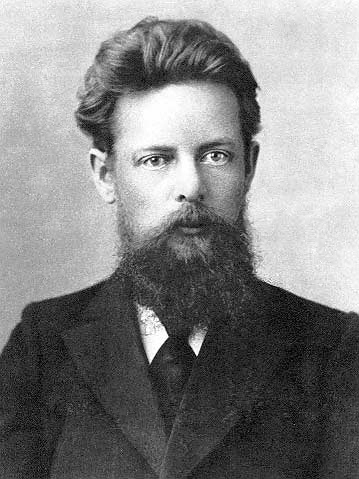
Monument to P.P. Bazhov
Pavel Petrovich Bazhov was not only a prominent writer, but also an important figure in the cultural and social life of the Ural region.
-
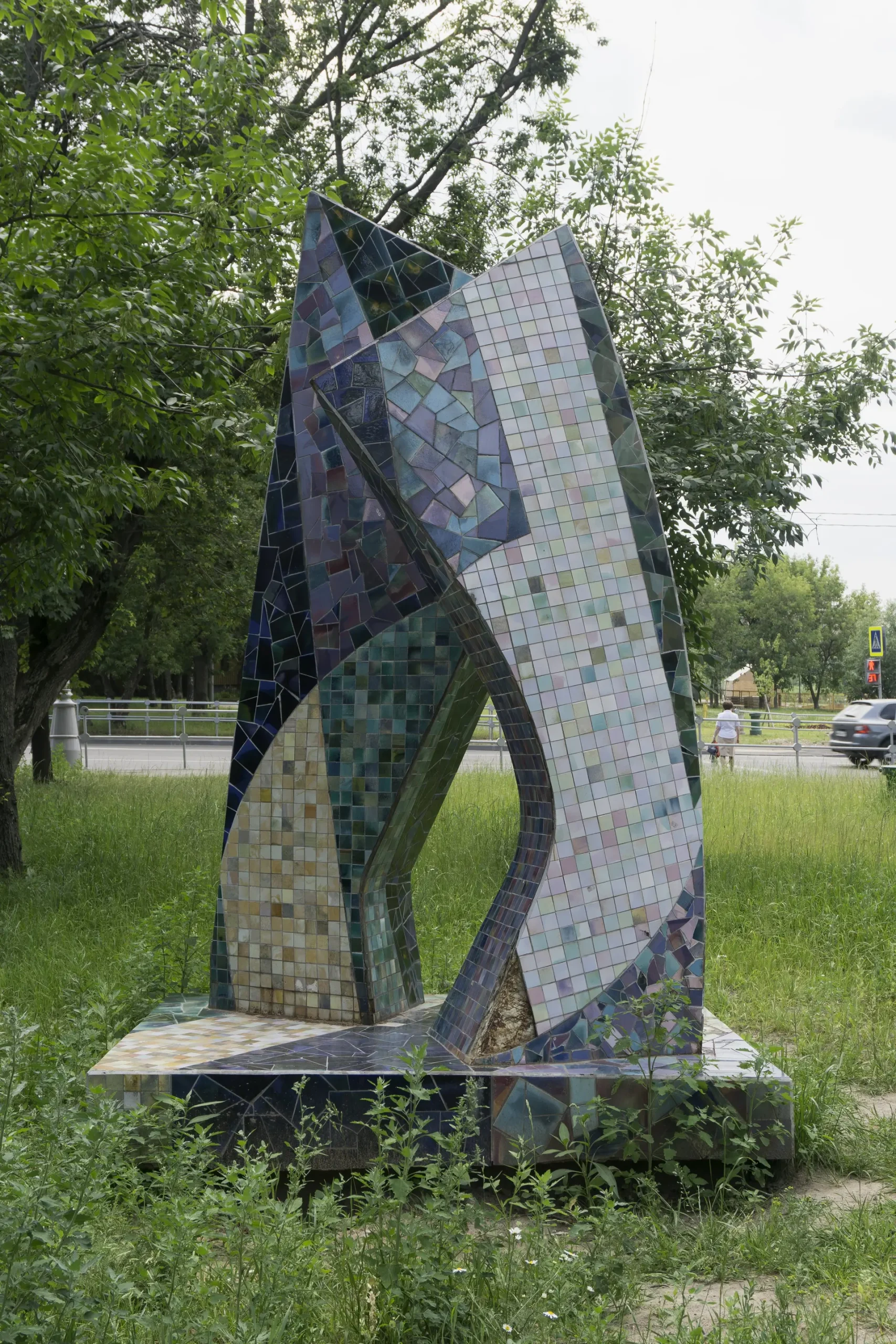
Bazhov Square
Pavel Petrovich Bazhov Square is a theme park in Moscow in the Rostokino district, dedicated to the Ural storyteller Bazhov.
-
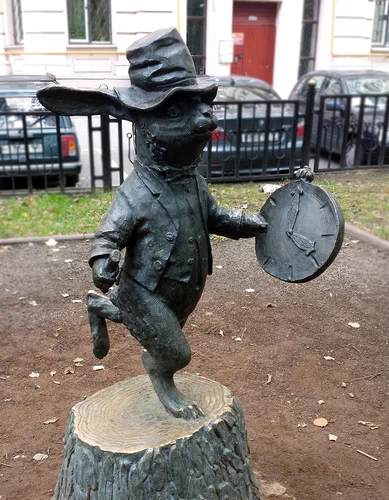
Monument «Rabbit with the Clock»
The White Rabbit is a key character in Lewis Carroll’s classic novel, Alice’s Adventures in Wonderland.
-
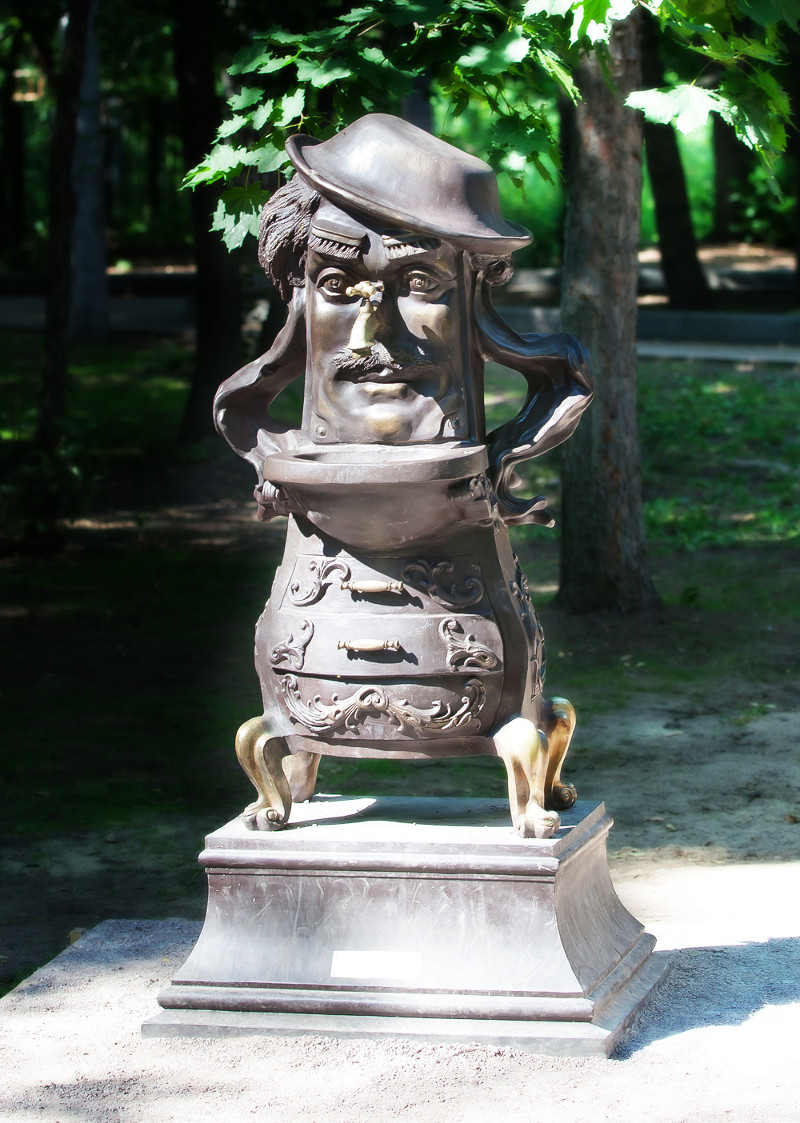
Monument «Moidodyr»
Moidodyr is a character from the famous fairy tale written by Korney Chukovsky.
-

Monument to M.A. Sholokhov
Mikhail Alexandrovich Sholokhov was a Soviet writer, journalist, screenwriter
-
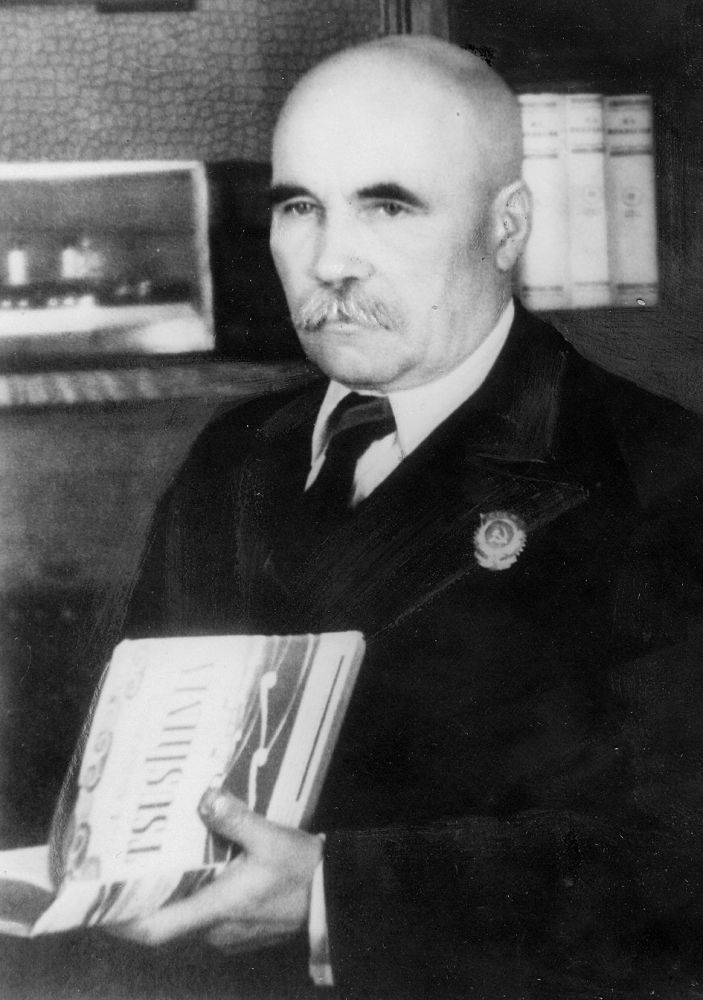
Writer А.S. Novikov-Priboy lived and worked in this house
Alexey Silantievich Novikov, better known as Novikov-Priboy, was a Russian and Soviet maritime writer, publicist, and winner of the Stalin Prize 2nd degree (1941).
-
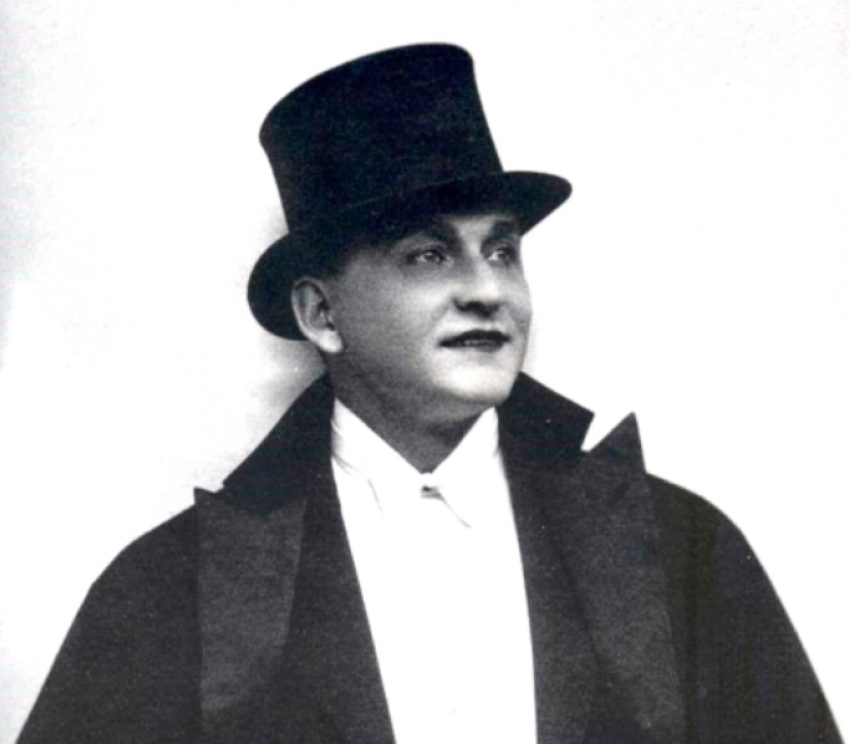
Artist, рoet, singer and composer A.N. Vertinsky lived in this house
Alexander Nikolaevich Vertinsky was a Russian and Soviet popular artist, film actor, composer, poet, singer and a pop icon of the first half of the 20th century and winner of the Stalin Prize of the II degree (1951).